We often tend to overlook the simple things we use every day, like the pen that’s handy when we hurriedly jot down notes, or even scribble mindlessly...
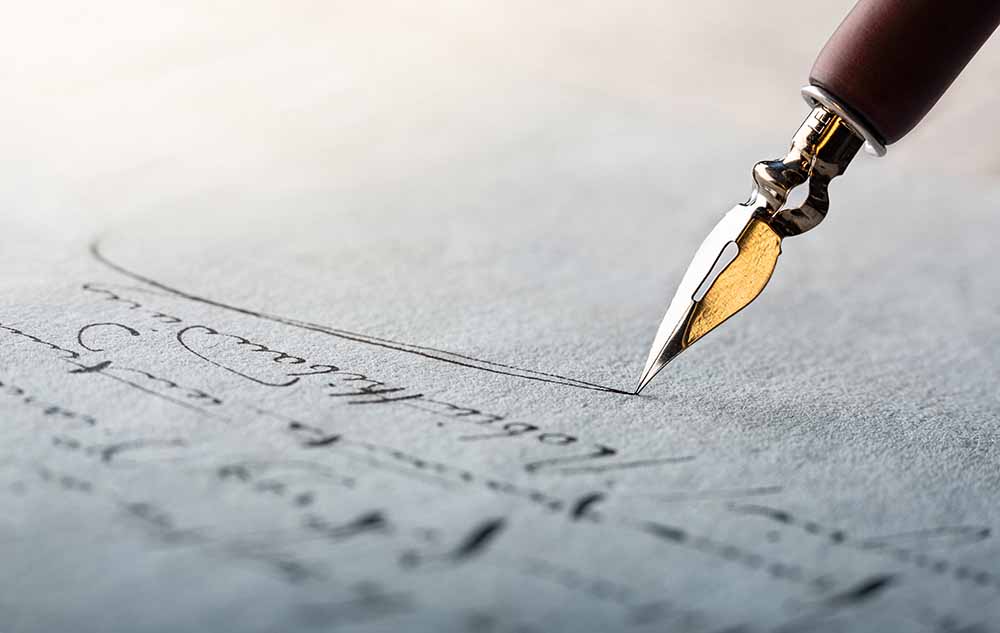
The world began writing using bird feathers or a feather quill. As time went by, the need emerged to engineer an instrument with a solid form - a pen that would glide smoothly on paper without the need to dip the nib in ink often. With their refillable cartridges, fountain pens came to revered as the mark of brilliant design and an ideal fusion of form and function.
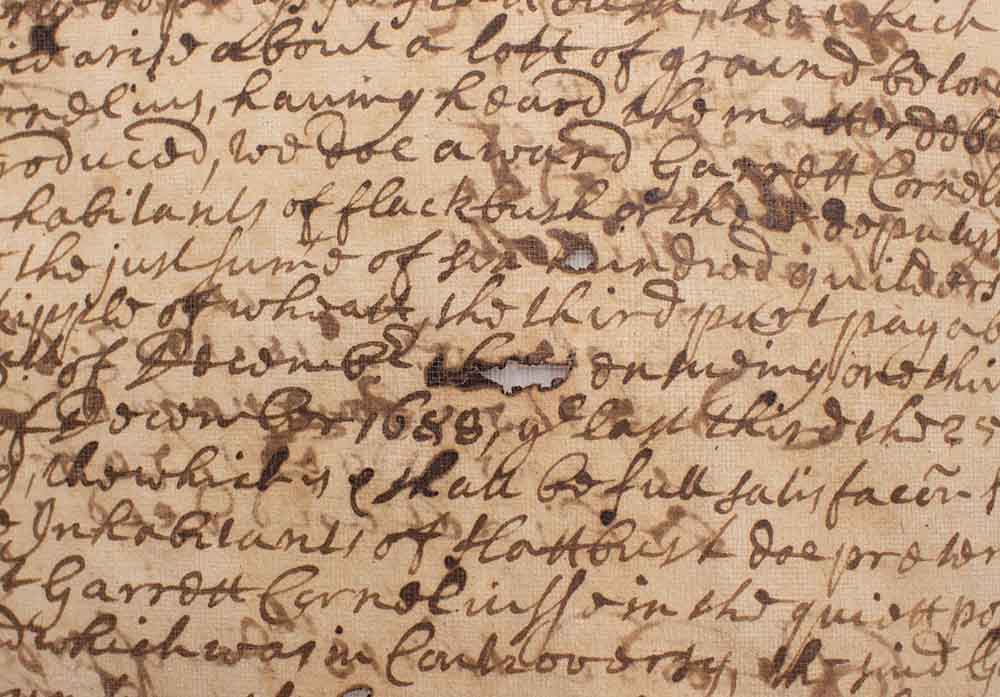
Times began changing, and the world was progressing rapidly. There arose the need for a more practical writing instrument to ensure speedy communication without having to wait several hours for the ink to dry. A fountain pen is meant to be classy, but it is also messy; the ink takes time to dry, smudging papers and documents. You could even lose vital information due to the smearing of ink.
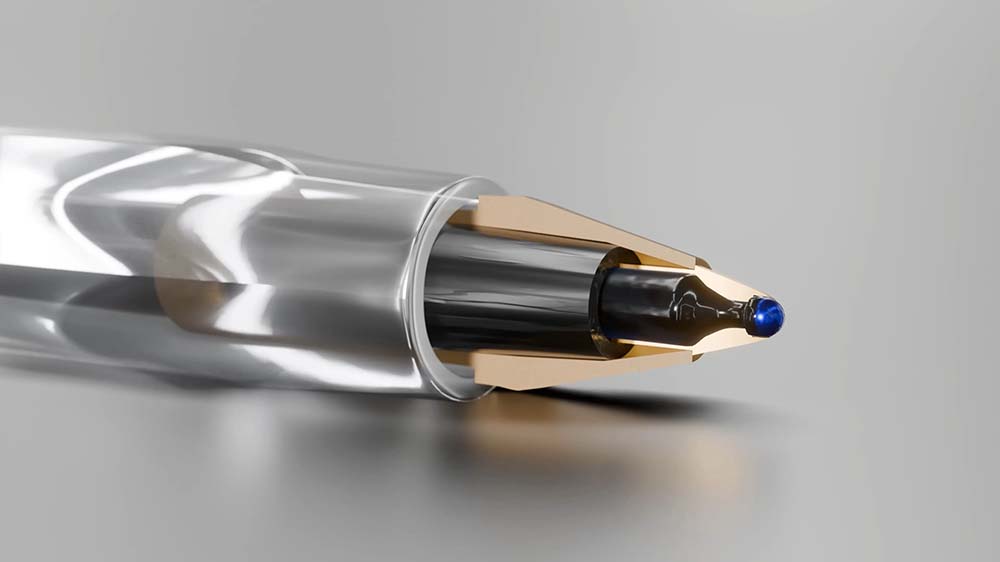
The Invention: Loud, And Practical
Official records show that Laszlo Jose Biro invented the first ballpoint pen in 1938. But back in 1888, an individual by the name of John J Loud established the groundwork for it. Loud was employed at a factory that tanned leather. When he attempted to mark pieces of leather using a pencil or fountain pen, he encountered multiple challenges. A pencil mark was hardly noticeable and the ink from fountain pens frequently left stains on the leather. Loud created a writing instrument that used a metal ball that was secured in place by a socket as part of his search for a substitute. The socket allowed the ball to spin freely and continued to draw ink from the reservoir. Loud found it to be a very useful device for marking leather. However, to use the very same ink on paper was not a bright idea.
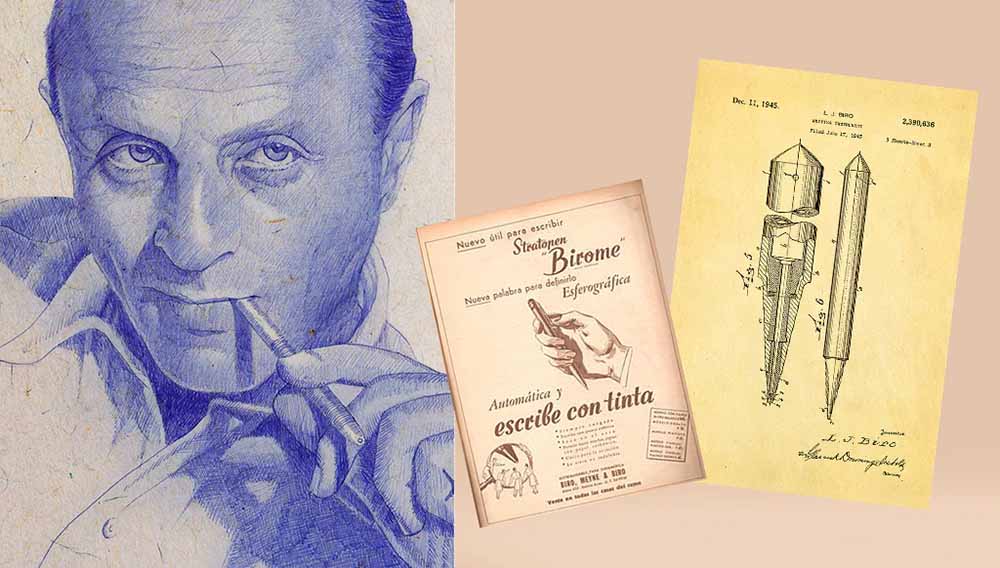
The journalist Biro was disappointed with the writing tools available for several years. He was initially a medical student and his brother Gyorgy, a dentist. As a result, both of them possessed an abundance of knowledge on chemicals. Biro collaborated with his brother to engineer the modern writing instrument’s design and ink that we use today.
Gyorgy claims that Biro’s idea for the writing instrument struck him while watching kids play with marbles. He created the renowned ballpoint pen by repurposing Loud’s patented design because he found circular shapes to be more convenient. He then set out with his brother to create an ink that would dry rapidly and not stain. Finally, they arrived at a breakthrough, when they produced an oil-based ink. It worked out to be the ideal mixture – one that was not only quickly absorbed by the paper, but also incredibly practical to use. They began working on their ballpoint pen design in 1931 using oil-based ink, and in 1938 they were granted a patent.
Impact Of The Mighty Ballpoint Pen
Tools for writing were once exclusively available to people with the ‘upper-class’ status. When this practical writing instrument was developed, it was produced and purchased in mass. People were able to write anything anywhere because of the ballpoint pen. They could use it to write without any training or experience.
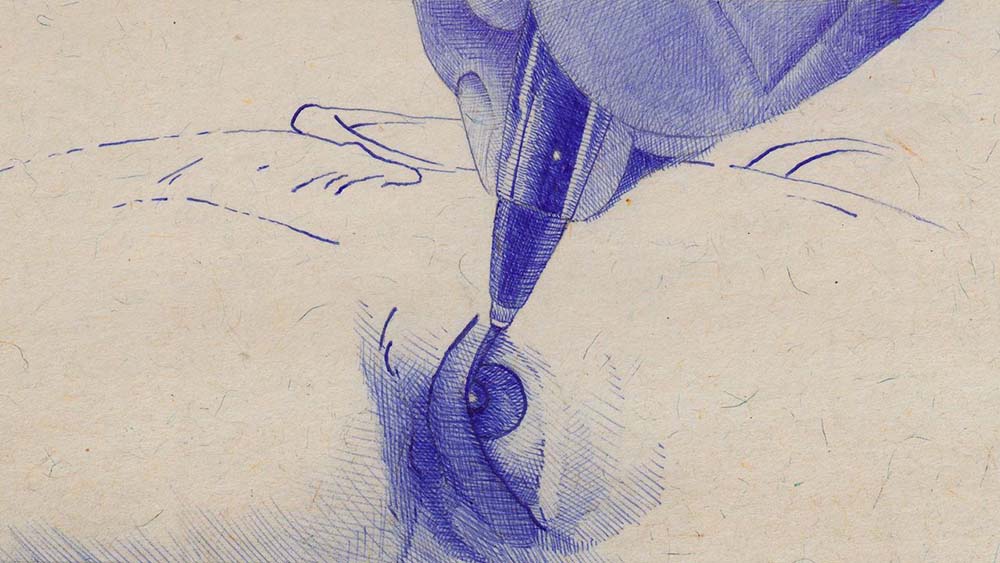
As a result of the popularity of ballpoint pens, more and more people tried their hand at writing to express themselves. This also led to a significant increase in literacy rates and the number of educated people around the world.
Image source: BBCI, Squarespace, Shopify